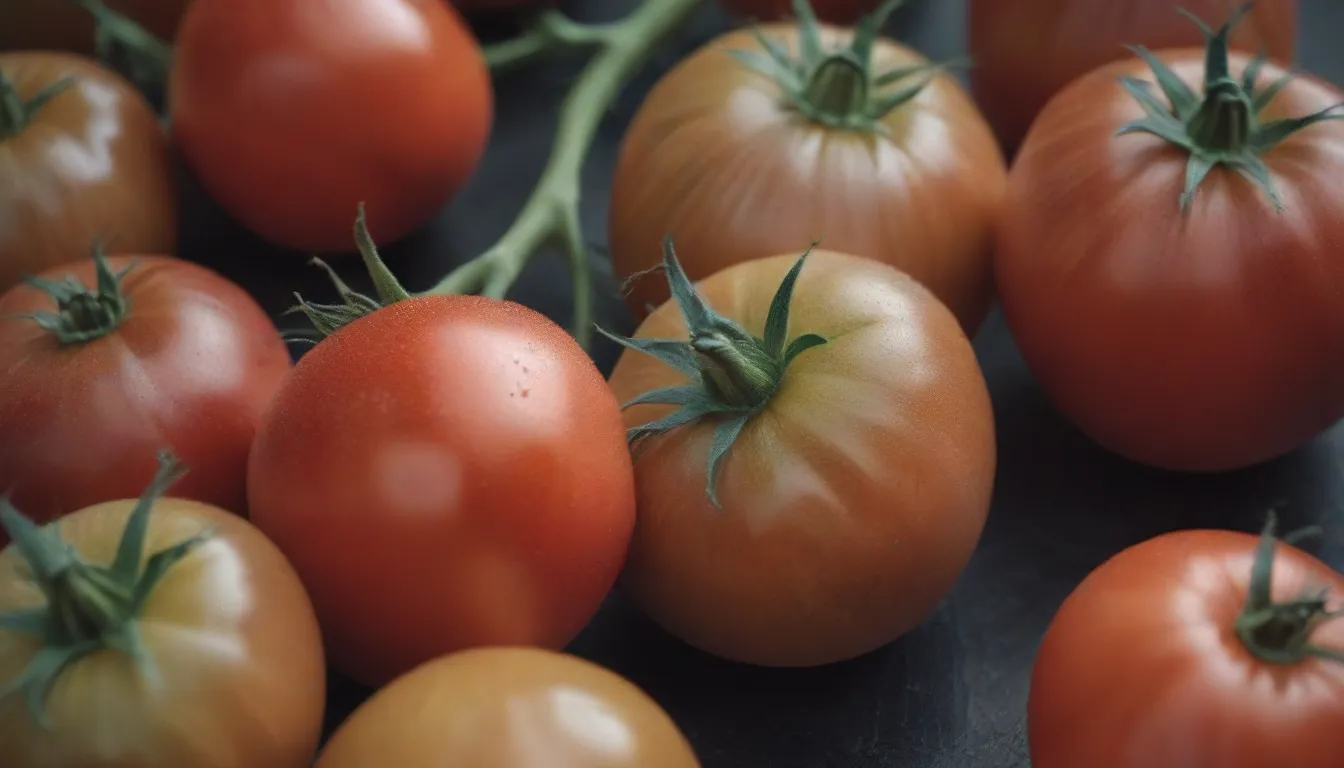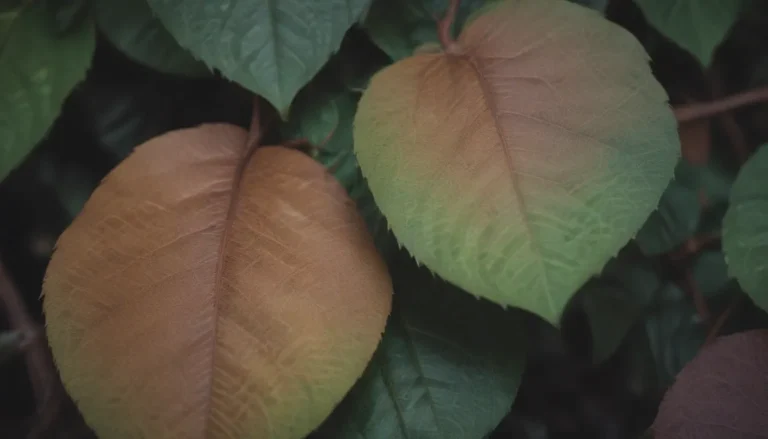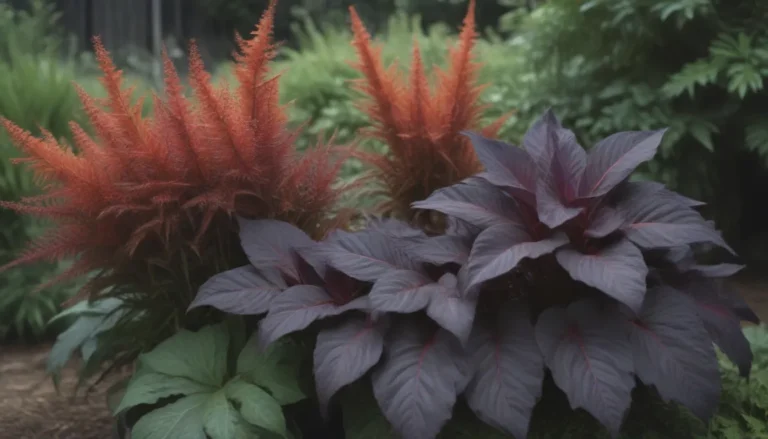Why Your Tomatoes Might Not Be Turning Red: A Comprehensive Guide

Tomatoes are a beloved staple in home gardens across the United States, appreciated for their fresh, juicy flavor. However, the process of waiting for them to ripen to a vibrant red can sometimes feel like an eternity. While anticipation plays a role in this, there are also several practical reasons why your tomatoes may be taking longer than expected to turn red. In this article, we’ll explore the various factors that can influence the ripening process of tomatoes and provide you with tips on how to expedite it effectively.
Understanding the Ripening Process of Tomatoes
When a tomato reaches its full green size, ripening is triggered by changes within the fruit itself rather than the plant. This process is driven by the release of a natural hormone called ethylene, which stimulates the production of lycopene. Lycopene is the pigment responsible for the rich red or orange hues in fruits like apples and tomatoes.
Common Reasons Your Tomatoes Are Still Green
Here are some of the most common factors that may be hindering the ripening of your tomatoes:
- Temperature: The ideal temperature range for tomatoes to acquire their red color is between 68 to 77 degrees Fahrenheit. Extreme temperatures, either too hot or too cold, can disrupt the ripening process.
- Sunlight: While sunlight is essential for plant growth, excessive exposure to direct sunlight can actually inhibit the production of lycopene and slow down ripening.
- Water: Tomatoes require adequate water during the growing season, but once the fruits reach maturity, reducing watering can help accelerate ripening by stressing the plant and redirecting its energy towards seed production.
- Nutrients: Insufficient levels of essential nutrients like phosphorous and potassium can lead to slow or uneven ripening. Fertilizing with a balanced formula high in these nutrients can help promote healthy fruit development.
- Pruning: Removing unnecessary vines and suckers can help redirect the plant’s energy towards fruit production, resulting in higher quality fruit that ripens more efficiently.
- Tomato Variety: It’s important to know the characteristics of the tomato variety you’re growing, as some types naturally ripen to different shades of red, orange, pink, or even purple. Check the seed package for specific ripening instructions.
Tips for Speeding Up the Ripening Process
If you’re eager to see those green tomatoes turn red sooner, here are some practical tips to help expedite the ripening process:
- Harvest Early: Fully mature green tomatoes with a slight blush of color can be harvested and brought indoors to finish ripening in a warm location.
- Monitor Temperature: Keep an eye on the temperature around your tomato plants and try to maintain it within the optimal range for ripening.
- Control Watering: Reduce watering once the fruits reach maturity to encourage faster ripening.
- Prune Wisely: Regularly prune your tomato plants to focus energy on fruit production.
- Monitor Nutrient Levels: Ensure your plants are receiving adequate levels of essential nutrients for optimal ripening.
By implementing these strategies, you can help ensure that your tomatoes reach their full red potential in a timely manner.
A Closer Look at Tomato Ripening
In general, it takes about 20 to 30 days for a tomato to complete the ripening process once it begins. Most green tomatoes will eventually turn red if given the right conditions. Tomatoes with a slight blush of color are likely to develop full red color, while small, hard, underdeveloped green fruits may not ripen at all.
It’s important to be patient and understand the specific ripening characteristics of the tomato variety you’re growing. Different varieties may require more or less time to ripen, so be sure to check the seed package for guidance on harvesting.
Conclusion
While waiting for your tomatoes to turn red can feel like a test of patience, understanding the factors that influence the ripening process can help you cultivate healthier, tastier fruits. By paying attention to temperature, sunlight exposure, watering, nutrient levels, and pruning, you can create an optimal environment for your tomatoes to reach their full red potential. Remember to choose the right tomato variety for your climate and follow proper care guidelines to ensure a bountiful harvest of delicious, ripe tomatoes. Happy gardening!





